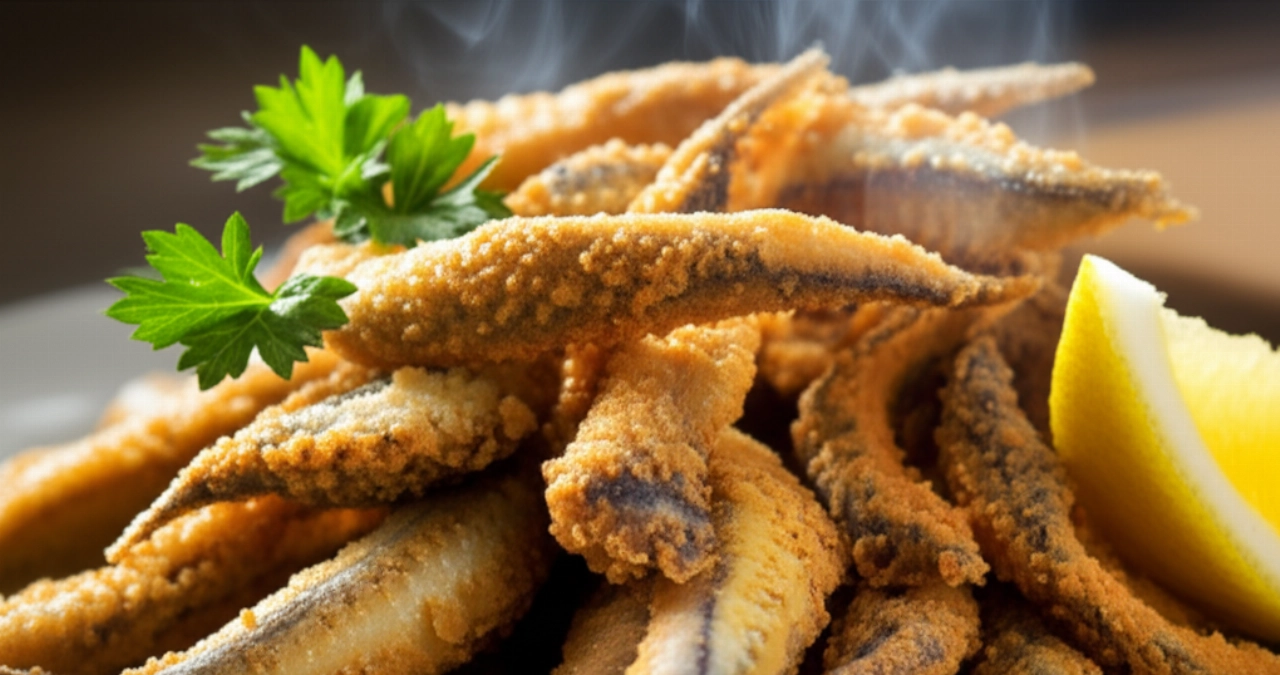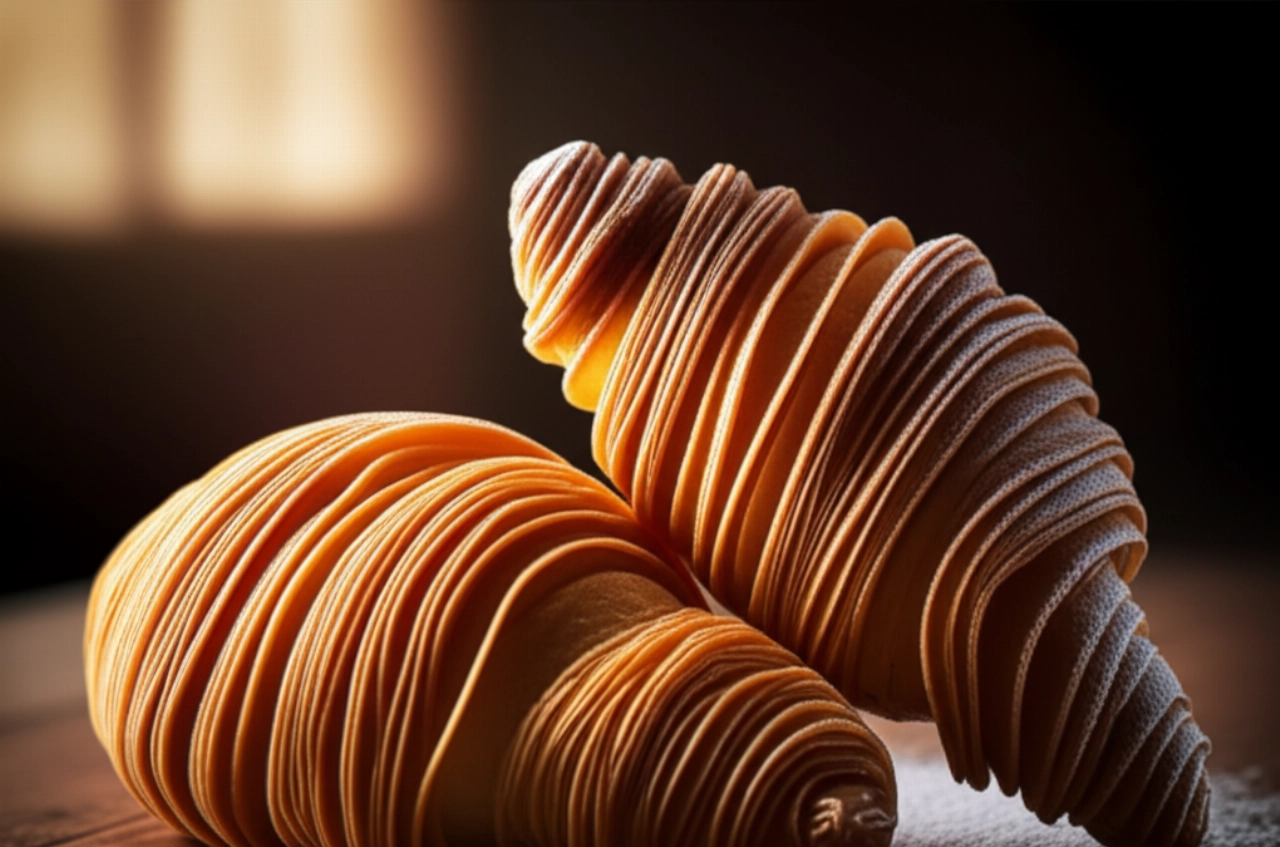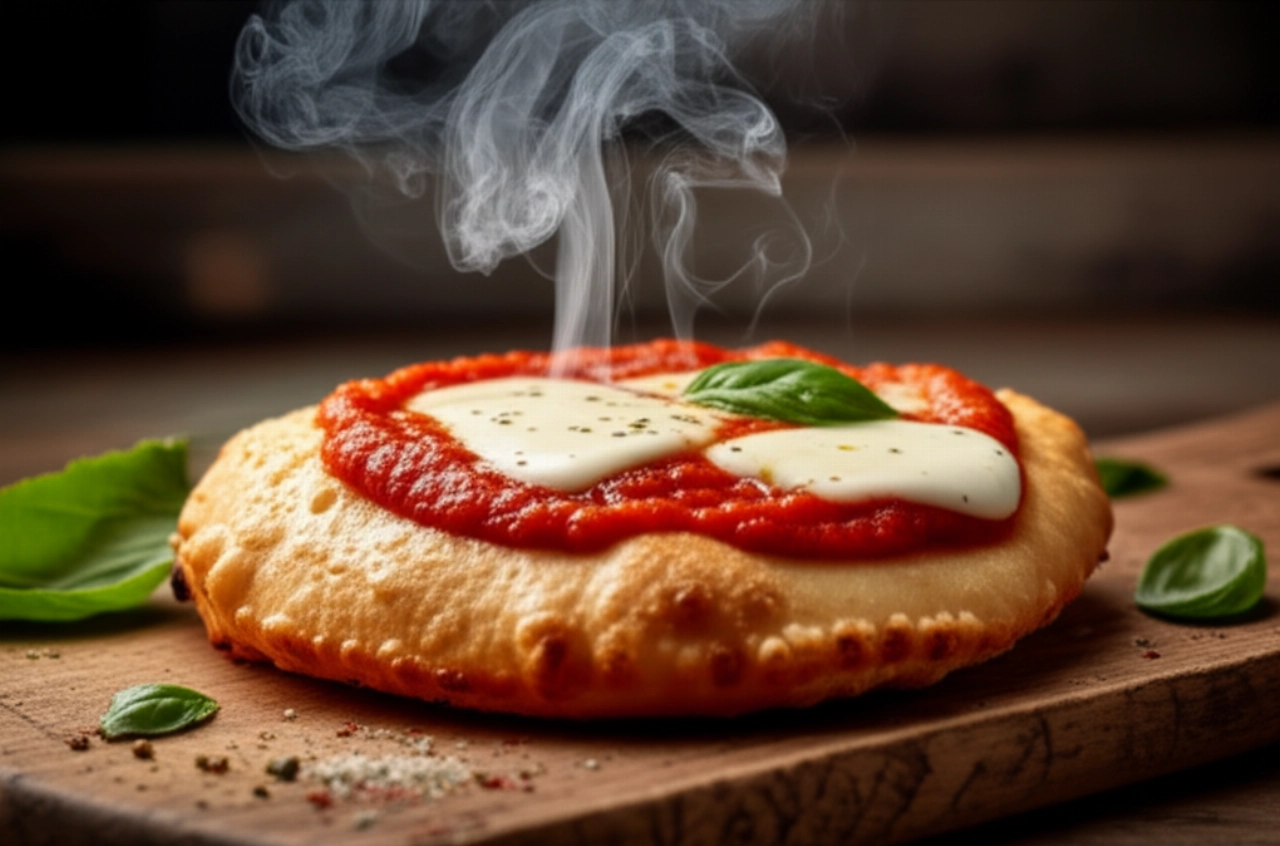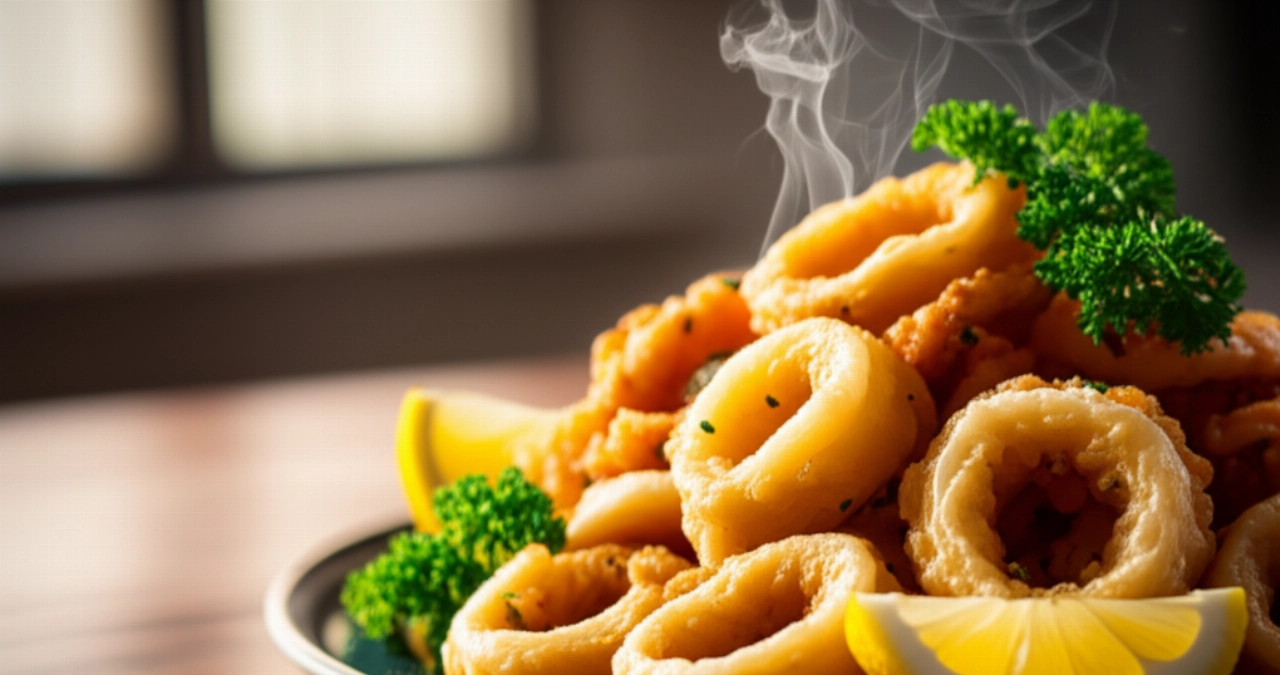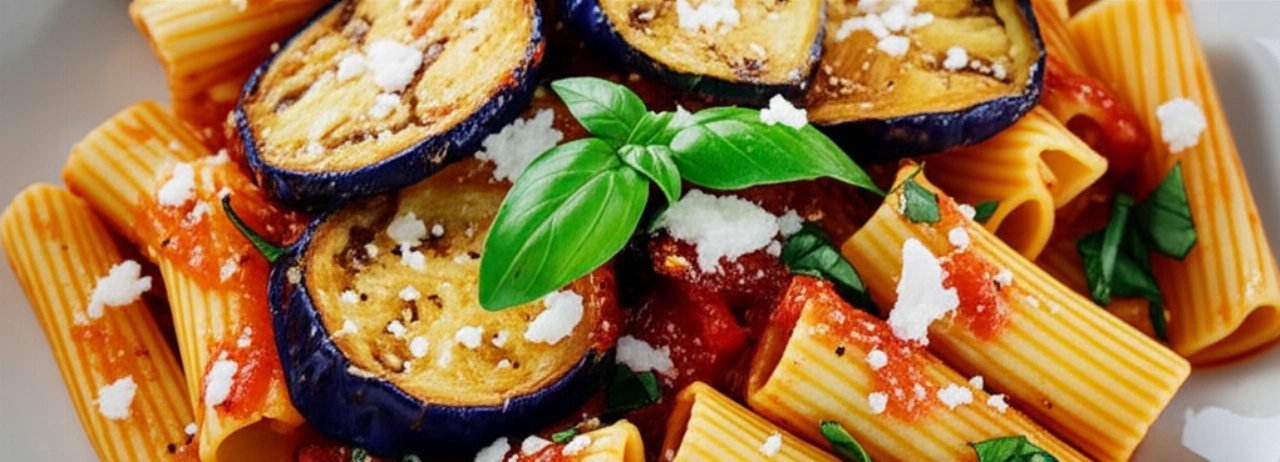Ah, friarielli! If there's a flavor that speaks of Naples, tradition, and authenticity, it's definitely that of pan-fried friarielli. This vegetable with its unique, slightly bitter yet incredibly flavorful taste, perfectly accompanies sausages, pizzas, and countless other dishes. But let's be honest, preparing friarielli can seem like a challenge: how to clean them well without waste? How to cook them to make them tender and tasty, without them becoming mushy or, worse, too bitter?
Too often, you end up with friarielli that lack flavor, or are still too tough, or release that persistent bitterness that ruins the dish. Finding the right recipe, one that guarantees success, seems like a daunting task. But fear not, you're in the right place!
Make yourself comfortable. On this page, you won't just find a list of ingredients, but the definitive guide, full of grandma's tricks and tips, to prepare the best pan-fried friarielli of your life. I'll guide you step by step, from impeccable cleaning to perfect cooking, for a flavorful and tender side dish that will make everyone exclaim "Wow!" Success is guaranteed, word from Search Recipes!

Smart Ingredients: The Choice That Makes the Difference
For an excellent result, the quality of ingredients is fundamental. Here's what you need and why:
- Very Fresh Friarielli: Choose friarielli with bright green, turgid leaves, free from yellowing. Avoid those with overly open flowers or overly thick stems, which might be more fibrous and bitter. Freshness is the first secret to an authentic flavor.
- Garlic: One or two cloves, depending on your taste. Garlic is the soul of the sauté for friarielli, giving an unmistakable aroma and robust flavor. Don't skimp, but don't overdo it.
- Extra Virgin Olive Oil: Of good quality, please! It's the vehicle for flavors, and good oil will enhance the taste of the friarielli.
- Fresh or Dried Chili Pepper: To taste. If you love a spicy kick, chili pepper is the ideal companion for friarielli, adding that lively note that makes them irresistible.
- Salt: To taste. Remember that friarielli, like all leafy greens, tend to lose volume when cooked, so season with salt carefully.
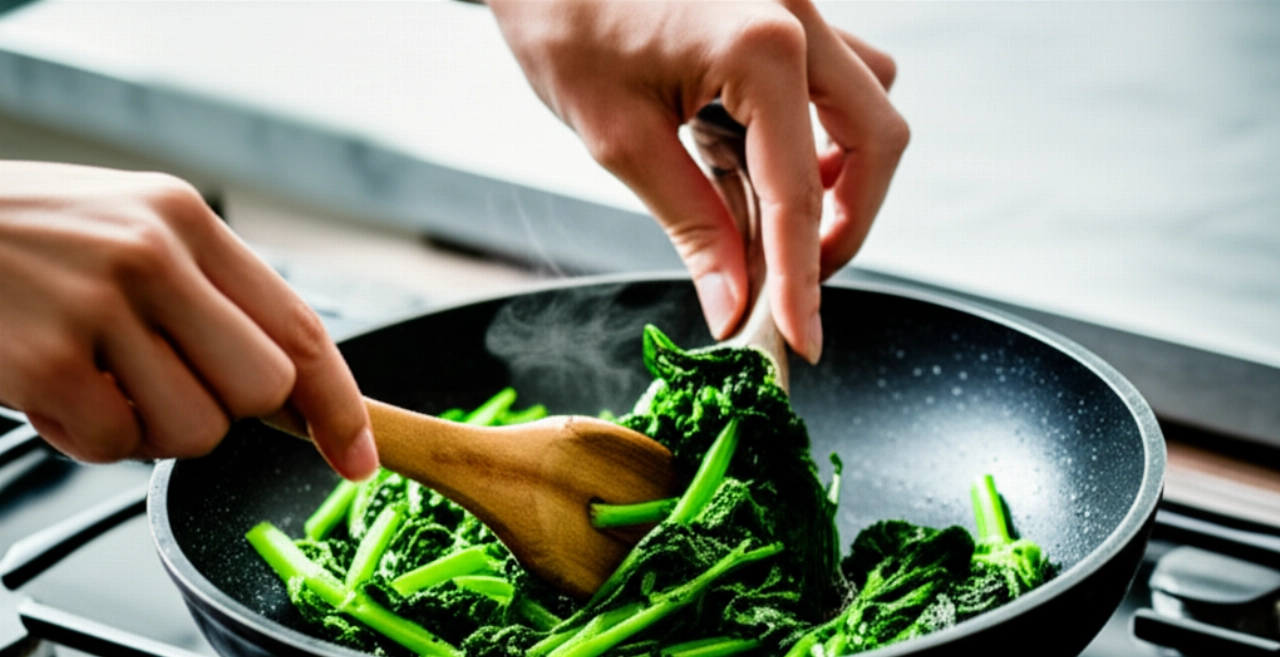
Mistakes to Avoid: The Secrets to Perfect Friarielli
Preparing friarielli is simple, but there are some crucial steps that can make the difference between a mediocre dish and one worthy of applause. Here are the most common mistakes to avoid:
- Not cleaning them well: This is mistake number one! Many just rinse them. Instead, it's essential to remove the tougher parts of the stem and any yellowed or damaged leaves. I'll show you how to do it without waste.
- Not blanching them correctly (or not blanching them at all): Some cook them directly in the pan, but a brief blanching in salted water is the secret to removing some of the excess bitterness and softening them, ensuring even cooking and a more balanced flavor. They shouldn't cook too long, just soften slightly.
- Cooking them too long in the pan: Once blanched, friarielli need quick cooking in the pan. If you cook them too long, they will become mushy and lose their pleasant texture. They should remain tender but with a minimum of "character."
- Using too little oil or garlic: These two ingredients are essential for flavor. Don't be afraid to use them in the right quantity for a fragrant and tasty sauté.
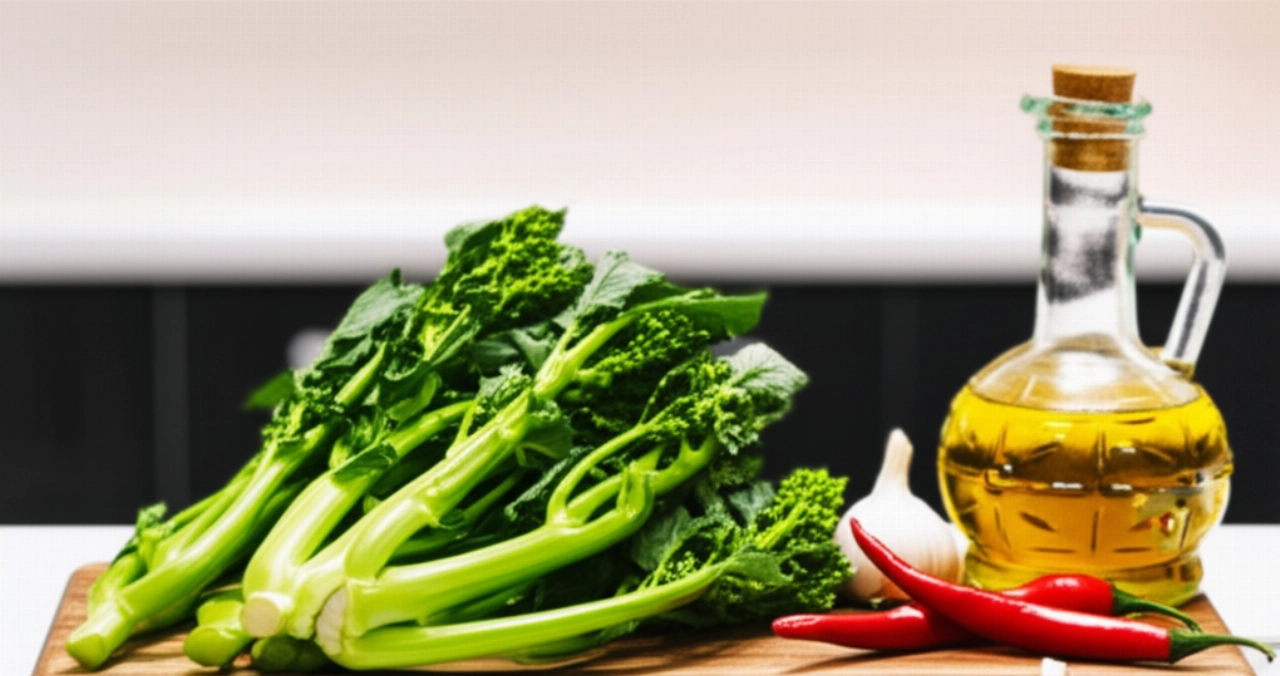
Grandma's Secret: The Extra Touch for Authentic Flavor
My grandmother, when preparing friarielli, had a ritual. After blanching and draining them well, she would quickly sauté them in a pan with garlic, oil, and chili pepper. But her real secret was to add, in the last few minutes of cooking, a ladleful of the friarielli's own cooking water. "This way they get even more flavor and stay nice and moist," she would say. And she was right! This little trick, known to few, helps create a kind of flavorful emulsion that coats the friarielli, making them even more irresistible.
Let's Prepare Pan-Fried Friarielli Together: The Step-by-Step Guide
Now that you know all the secrets, let's get cooking! Follow these steps carefully and success will be guaranteed.
Phase 1: Perfect Friarielli Cleaning
- Prepare the friarielli: Take each individual friariello stem. With your hands, remove the outermost leaves, those that are yellowed or damaged. Then, detach the florets and tender leaves from the tougher, fibrous stems. Usually, you use the tenderest part of the stem, up to where it starts to become too thick. Don't discard too much, but be meticulous.
- Wash thoroughly: Place the cleaned florets and leaves in a large bowl filled with cold water. Rinse them several times, changing the water, until it runs clear. This is essential to remove any soil residue.
Phase 2: Strategic Blanching
- Prepare the water: Bring a generous amount of salted water to a boil in a large pot. Salt is important to lightly season the friarielli right from the start.
- Blanch the friarielli: When the water is boiling vigorously, immerse the cleaned friarielli. Let them cook for only 3-5 minutes. They should soften slightly, but remain a beautiful bright green. They shouldn't turn to mush!
- Drain and squeeze: With a slotted spoon, drain the friarielli and transfer them to a colander. Let them cool slightly, then gently squeeze them with your hands to remove excess water. This step is crucial to prevent them from releasing too much water in the pan and becoming mushy.
Phase 3: Pan Cooking
- Prepare the sauté: In a large pan (preferably non-stick), pour a generous drizzle of extra virgin olive oil. Add the garlic cloves (whole and crushed or minced, as you prefer) and the chili pepper (if using). Sauté over low heat until the garlic is golden and fragrant. Don't burn it!
- Add the friarielli: Pour the squeezed friarielli into the pan. Slightly increase the heat and sauté for about 5-7 minutes, stirring often. They should absorb flavor and gain color.
- Grandma's touch: If you like, add a ladleful of the friarielli's cooking water that you set aside. Let the water evaporate, blending the flavors well.
- Adjust salt and serve: Taste and adjust salt if necessary. Your friarielli are ready! Serve them hot, as a side dish or as a topping.
Tips and Frequently Asked Questions about Pan-Fried Friarielli
Here are some of the most common questions I receive about friarielli:
- Can I use frozen friarielli?
- Yes, you can use frozen friarielli, but the result will never be comparable to fresh ones. If you use them, do not blanch them, but put them directly in the pan while still frozen with garlic and oil, cover and let them thaw and cook in their liquid, then uncover and let the excess water evaporate.
- How can I store cooked friarielli?
- Cooked friarielli can be stored in the refrigerator, in an airtight container, for 2-3 days. They can be reheated in a pan or microwave.
- Why are my friarielli bitter?
- Bitterness can depend on the variety, freshness (the older they are, the more bitter), or insufficient cleaning and blanching. Make sure to properly remove the tougher parts and blanch them briefly as indicated.
- Can I add other ingredients?
- Certainly! In Naples, they are often accompanied by sausage. You can brown crumbled sausage in the same pan before adding the friarielli. Some also add cherry tomatoes or black olives for a different flavor.
Your Masterpiece is Ready!
There you have it! Now you no longer just have a recipe, but all the secrets to bring pan-fried friarielli to the table that taste of home, tradition, and love. A simple yet incredibly flavorful side dish that will win everyone over with its authenticity.
Don't be afraid to experiment. Cooking is an act of creativity. But start with this solid base and you'll see that applause won't be lacking. Prepare a nice "scarpetta" (mopping up sauce with bread) with some homemade bread, because the sauce that forms is a true delight!
Have you tried our recipe? We're very curious to see your masterpiece! Leave a comment below, tell us how it went, or share a photo on Instagram by tagging @CercaRicette.it. If you loved these friarielli, you can't miss our recipe for Sausage and Friarielli or for another typical side dish like Crispy Baked Potatoes.

